Helping Lenders Go Mobile
 By Dominic Iannitti
By Dominic Iannitti
Many paths exist for lenders to adopt mobile mortgage technology.
No one that deals with consumers in any industry can doubt the power of mobile technology. Mobile has been fully embraced by the majority of Americans and the result is quite visible. Just look at computing equipment sales in this country — PC shipments are down, and tablets and smartphone sales are skyrocketing. People want to take their computers with them wherever they go and they expect the companies they do business with to keep pace.
While the mortgage industry has perhaps avoided this shift for a time — probably due to the complexity of the industry itself and its software — the writing’s on the wall. As consumers dive deeper into mobile, lenders will have to find a way to do business with them in new ways. As lenders explore this new requirement, they will do well to consider a few key points, issues that they will face as they begin to interact with borrowers in the mobile environment.
Above all, lenders should take the mobile discussion seriously. This is not an interim technology that will go away in a few years. Neither is it a “nice to have” way of communicating with borrowers. Communicating, consummating agreements and exchanging funds are things the new generations of borrowers expect the companies that want their business to be able to do. Fortunately, these are things that the mortgage industry can do.
A key consideration when lenders set out to adopt mobile technology is deciding whether to build it in-house or buy it from a technology provider. Now that the market has shifted away from an emphasis on very large lenders, there is less consideration for the in-house technology development option. This is not to say that midtier banks can’t build their own tools, but few have IT departments that engage in that work, and for good reason.
There are many inherent risks in the development of new technology, not the least of which is spending millions of dollars on a tool that doesn’t work. The risks can be even higher if the technology does work, but leads the lender into a noncompliant pattern of behavior.
The problem with the new technologies like mobile is that online tools make their deployment look easy. In this respect, it’s very similar to social media. Most banks can set up their own Facebook page or LinkedIn company profile, but as the CFPB has already pointed out, banks are still responsible for everything their employees transmit through these channels. This makes the cost of deploying these technologies high because the lender must work with trusted compliance experts.
There is one alternative to this, however, and that is to drive existing vendors that are proven partners to develop this technology as part of their offerings. In fact, this is already happening, partly because mobile offerings align closely with other technologies currently being offered to customers online, such as e-sign. Vendors that offer esignatures also offer e-delivery of documents. With the addition of mobile tools, those documents can be delivered to an iPad or smartphone instead of a PC.
The advantages of this are many. First, the lender doesn't have to build it. They just turn it on. Second, the information that goes through the mobile channel is the very same, compliance- checked information that would be delivered to the borrower’s PC. The lender gets a mobile strategy without having to change anything about the way they deal with the consumer, except to begin doing so through the channel the consumer prefers.
Lenders should think carefully about how they will change the way they communicate with borrowers. The industry has long known that failing to communicate with borrowers during the loan origination process is a recipe for low customer satisfaction. While that may have been considered a cost of doing business in the past, today it’s closer to a compliance problem.
Consumers expect to remain engaged during the loan process. Mobile technologies provide an additional channel to do this, but do not, in and of themselves, make lenders better communicators.
Sending back lists of requirements through a smartphone without telling the borrower why these things are necessary or how they will enable the lender to meet their financing needs is just a faster way of making the loan process less fun for the borrower. Yes, a fun loan process.
Think about the way consumers use their mobile devices today. Some of it is work related, but much of it is not.
Consumers use mobile devices explore their surroundings and share their experiences. They play games, watch videos and listen to music. That’s part of the reason why consumers are driving their business partners to go mobile and why most of those that do are gamifying the experiences they share with their customers.
But can the lending process be fun? The right mobile technology will engage consumers, make them part of the process and, yes, make it fun to provide the information the lender needs to complete the origination process. Mobile can literally turn the tables on a relationship that consumers have all but given up on and turn it into something they will remember and recommend to others.
No matter the fun that can be injected into lending by using mobile technology, data security and protecting borrowers’ privacy are paramount. Lenders are held to a very high standard for protecting consumers’ information. The industry, for the most part, has this figured out. The problem is that most consumers don’t.
Loan officers and underwriters work hard to keep their clients’ data secure and then, out of the blue, the borrower will email over a bunch of important financial documents.
Lenders have gone to great lengths to help consumers protect their sensitive information, but as the industry starts adopting more mobile technology, more has to be done. It’s very easy for someone to attach a blank statement to an email and send it over to the lender. Easy, but far from secure.
The best way to lead consumers into a safer lending environment is to give them the tools to do so. The good news is that software developed by trusted vendors is quite likely to have security safeguards baked in.
The right vendor can securely deliver an electronic document to a mobile device, record that the borrower viewed it to an electronic audit trail, collect the borrower’s signature electronically and then pull the completed document back into the electronic loan file in a completely secure manner.
If lenders want borrowers to remain safe through the entire process, they have to give them a process that is secure and show them how to use it.
In many respects, the promise of mobile technology is not that different from what technologists and lenders have long desired — a completely electronic engagement that results in a loan file ready for the closing table. Many thought this should have happened on the PC, and some of it does, but most borrowers will already be using their mobile devices when this dream becomes reality for lenders.
In the end, borrowers will engage with their financial institutions the way they want and lenders will see huge efficiency gains. Imagine all of those faxes gone and the data simply falling into the loan origination system as the borrower completes each step on the path to home ownership, regardless of where they happen to be when they do it — and all of it completely secure.
These are serious issues and any lender intent on following their customers into the mobile realm will need to deal with them. The only alternative is to choose a partner who has already done this work. Lenders who choose the right partner don’t worry about these things. Then the only real issue left for them to consider is when to start. Consumers are ready now.
Let us digitally transform your mortgage process for increased efficiency and ROI. See how by scheduling a demo today.
Topics from this blog: eSign LoanMagic
BackSearch the Blog
- Recent
- Popular
- Topics
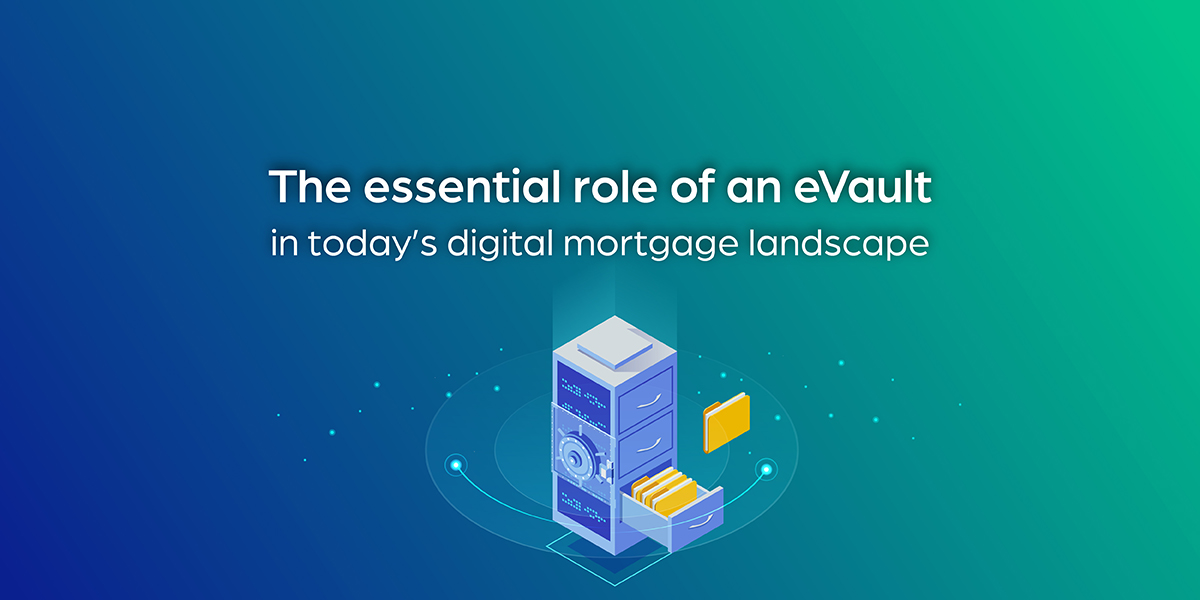
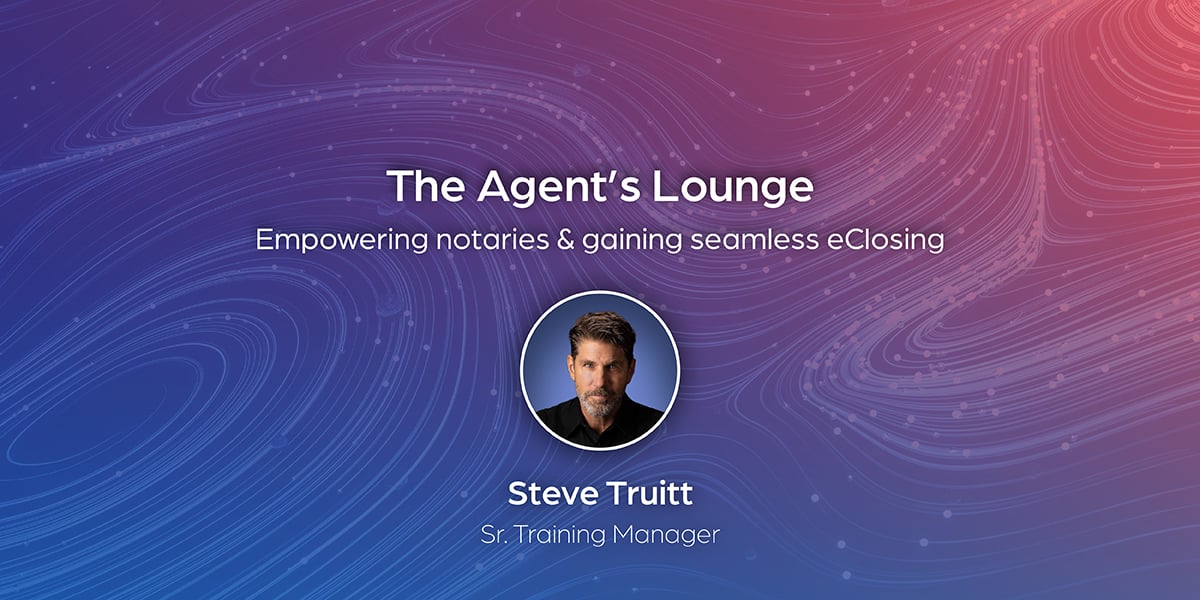


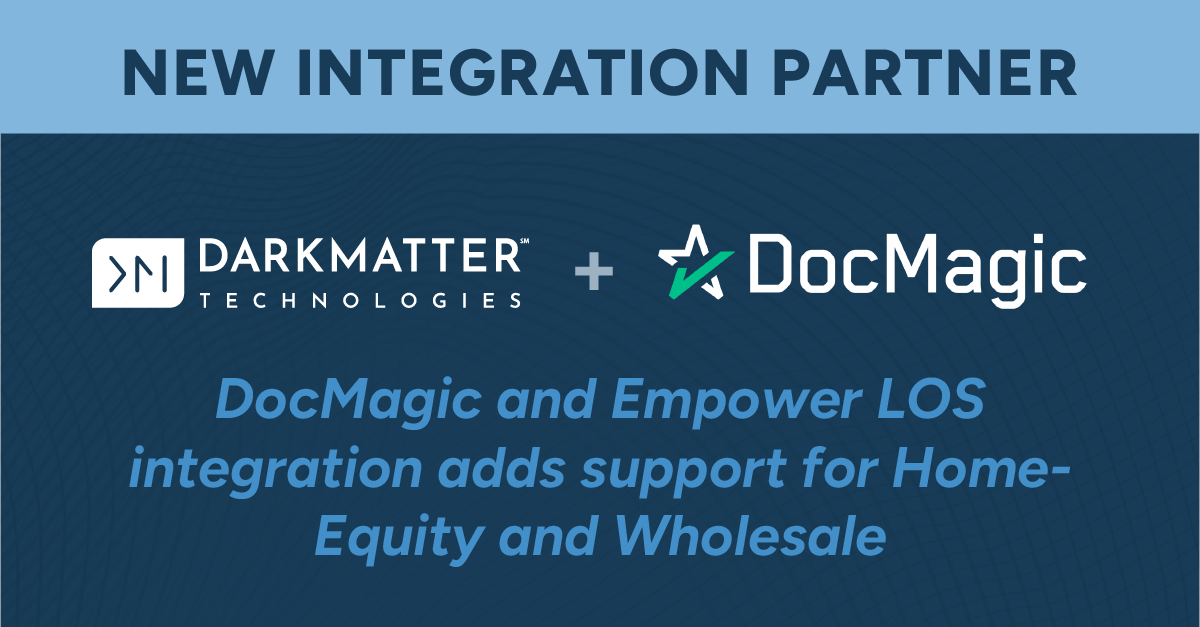
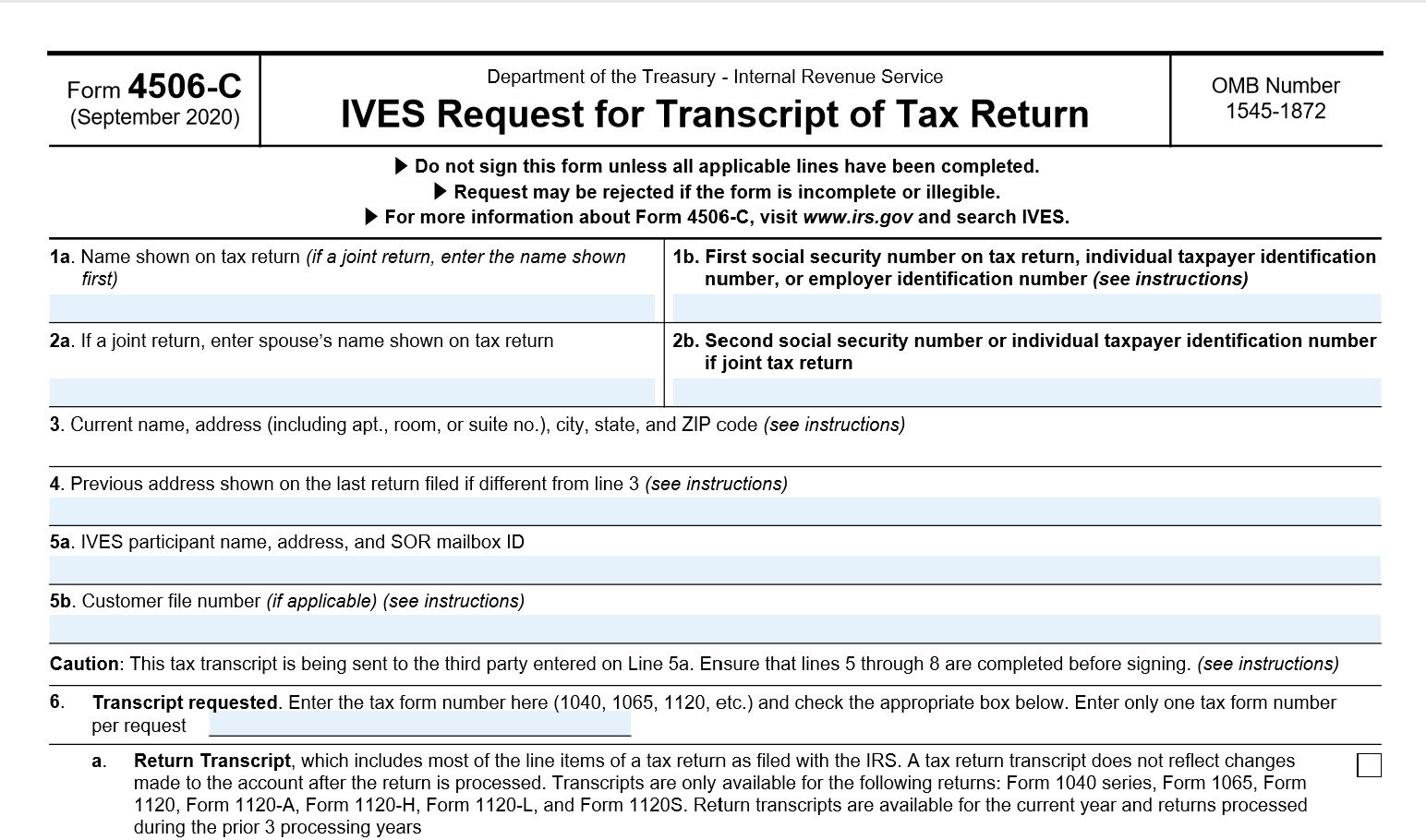
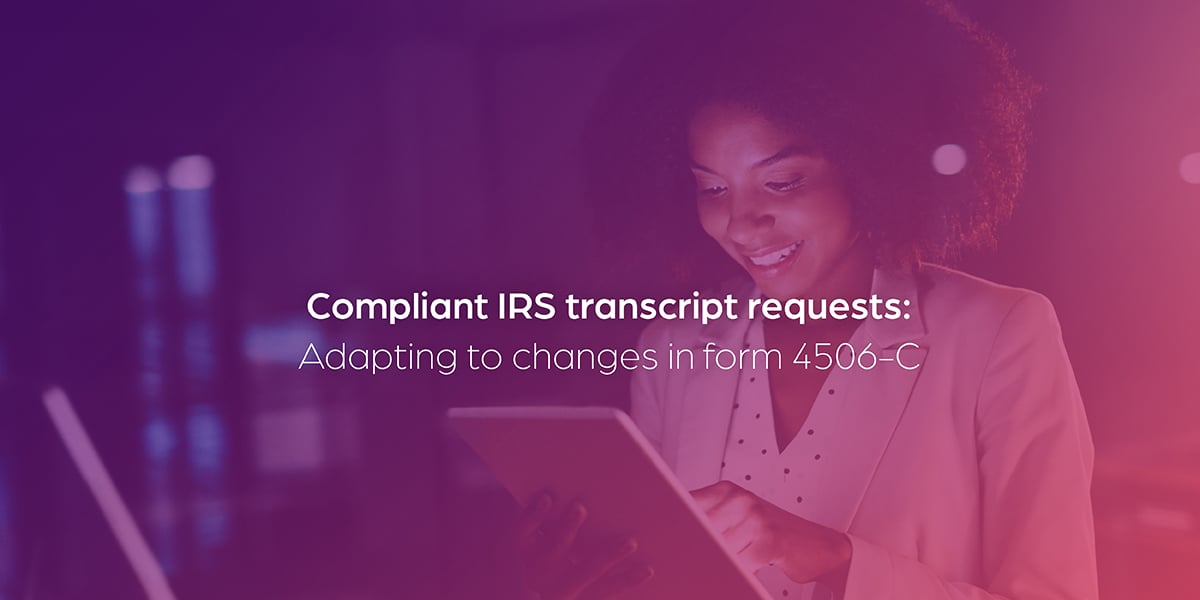

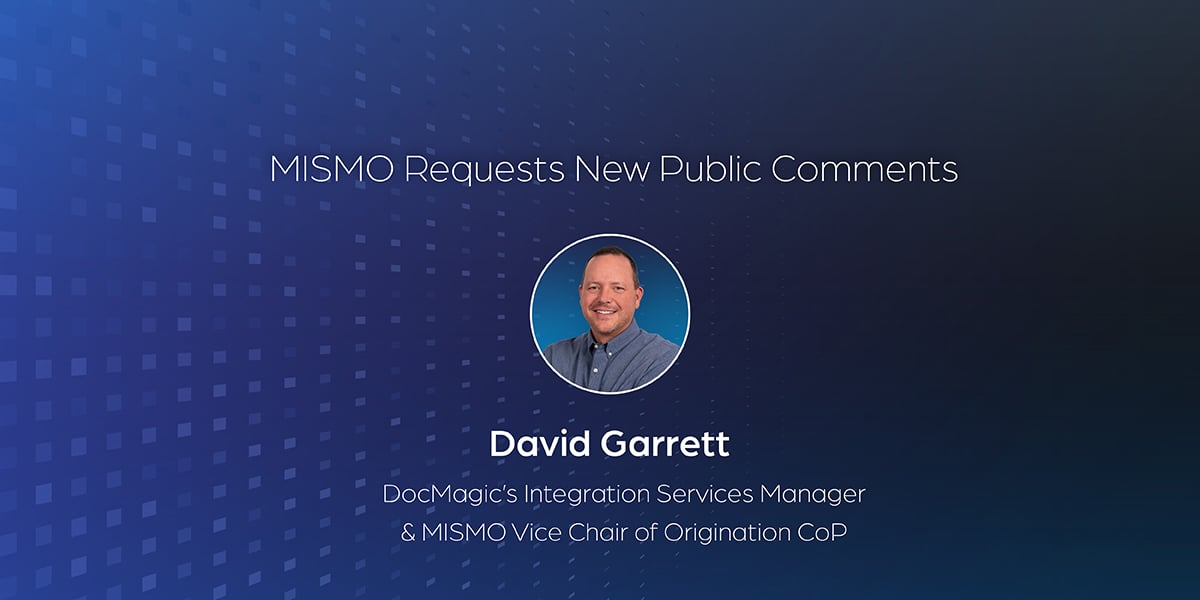

List By Topic
- Compliance (100)
- eClosing (79)
- eSign (70)
- Awards (59)
- Integrations (56)
- Industry Publications (52)
- Total eClose (43)
- Remote Online Notarization (31)
- Document Generation (30)
- eNotes (30)
- eDisclosures (25)
- GSEs (18)
- eVault (17)
- eNotary (16)
- SmartCLOSE (13)
- LoanMagic (12)
- eDelivery (11)
- Philanthropy (8)
- Partnerships (7)
- AutoPrep (3)
Subscribe Here
Download the Truliant Federal Credit Union Case Study
Truliant took several key steps to refine its 100% digital eClosing process — including finding the right technology partner.
